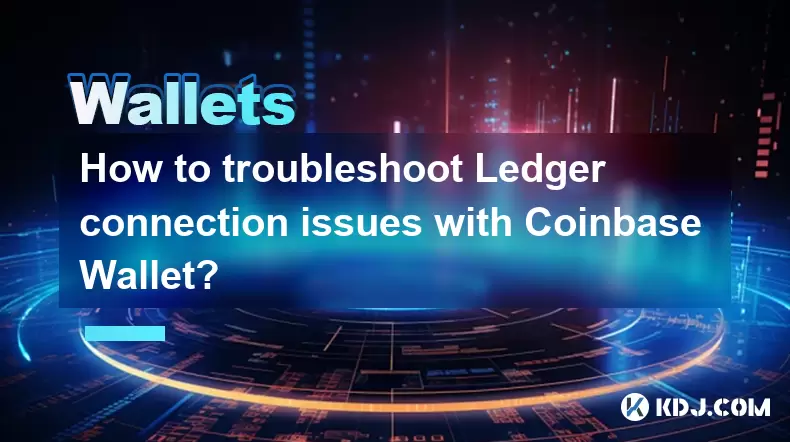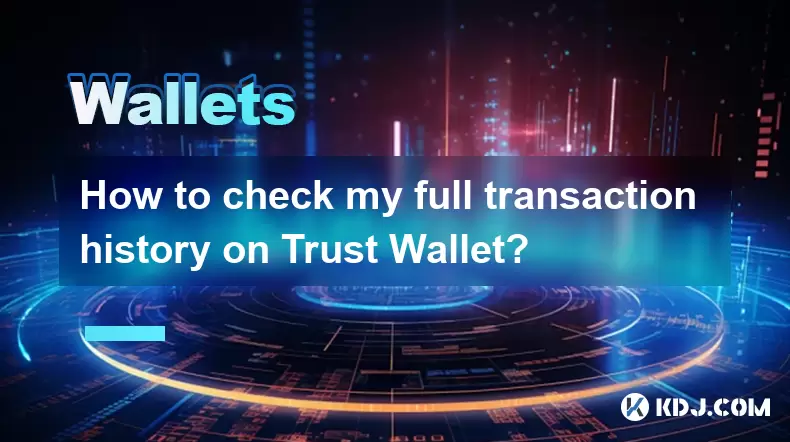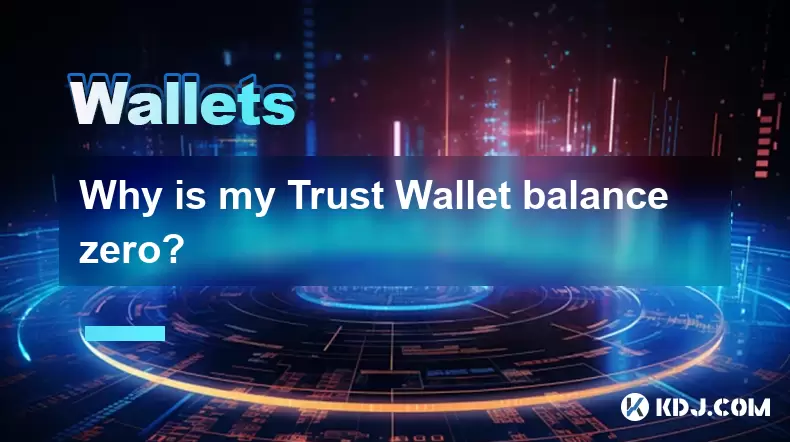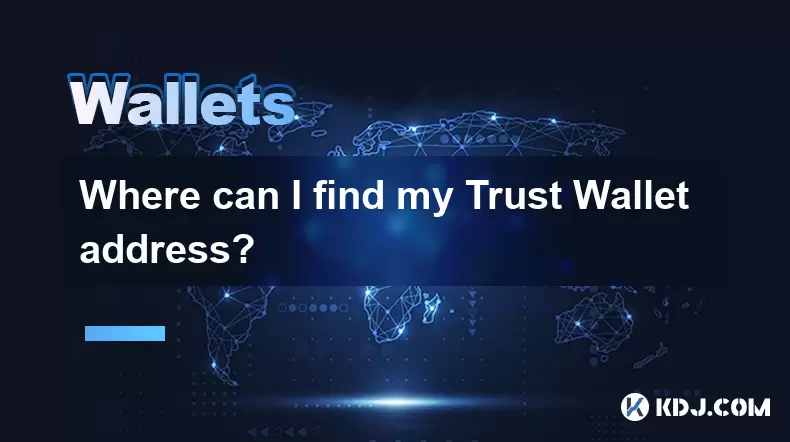-
 Bitcoin
Bitcoin $113900
-1.39% -
 Ethereum
Ethereum $3517
-4.15% -
 XRP
XRP $3.009
1.59% -
 Tether USDt
Tether USDt $0.9997
-0.04% -
 BNB
BNB $766.8
-1.41% -
 Solana
Solana $164.6
-2.38% -
 USDC
USDC $0.9998
-0.02% -
 TRON
TRON $0.3277
0.65% -
 Dogecoin
Dogecoin $0.2023
-1.67% -
 Cardano
Cardano $0.7246
0.05% -
 Hyperliquid
Hyperliquid $38.27
-4.77% -
 Sui
Sui $3.528
-0.52% -
 Stellar
Stellar $0.3890
-0.73% -
 Chainlink
Chainlink $16.16
-2.69% -
 Bitcoin Cash
Bitcoin Cash $539.9
-4.38% -
 Hedera
Hedera $0.2425
-2.00% -
 Avalanche
Avalanche $21.71
-0.97% -
 Toncoin
Toncoin $3.662
5.73% -
 Ethena USDe
Ethena USDe $1.000
-0.02% -
 UNUS SED LEO
UNUS SED LEO $8.964
0.35% -
 Litecoin
Litecoin $107.7
2.33% -
 Shiba Inu
Shiba Inu $0.00001223
-0.40% -
 Polkadot
Polkadot $3.617
-0.97% -
 Uniswap
Uniswap $9.052
-2.49% -
 Monero
Monero $295.1
-3.79% -
 Dai
Dai $0.9999
0.00% -
 Bitget Token
Bitget Token $4.315
-1.85% -
 Pepe
Pepe $0.00001060
0.11% -
 Cronos
Cronos $0.1342
-2.72% -
 Aave
Aave $256.0
-0.87%
How to troubleshoot Ledger connection issues with Coinbase Wallet?
Connect your Ledger to Coinbase Wallet via Ledger Live, ensuring the Ethereum app is open and "Contract Data" is enabled for secure, indirect communication.
Aug 02, 2025 at 02:07 am

Understanding the Ledger and Coinbase Wallet Integration
Connecting a Ledger hardware wallet to Coinbase Wallet allows users to securely manage their cryptocurrency assets without exposing private keys to the internet. This integration relies on the Coinbase Wallet mobile app and the Ledger Live desktop application, using Bluetooth or USB depending on the device model. The process requires that both the Ledger device and the Coinbase Wallet app are updated to the latest firmware and software versions. A common point of confusion arises when users assume direct app-to-hardware communication, but in reality, the Coinbase Wallet app communicates indirectly through Ledger Live when managing Ethereum-based assets or other supported blockchains.
It is essential to ensure that the correct app is open on the Ledger device—for example, the Ethereum app must be launched manually before attempting to connect. Failure to open the correct app is one of the most frequent causes of connection failure. Also, users must verify that "Contract Data" is enabled in the Ethereum app settings on the Ledger device. Without this setting, transaction details cannot be properly displayed or confirmed, leading the Coinbase Wallet to reject the connection.
Step-by-Step Connection Process
To establish a successful connection between your Ledger and Coinbase Wallet, follow these steps carefully:
- Ensure your Ledger device is updated to the latest firmware via Ledger Live.
- Install or update the Coinbase Wallet mobile app from the App Store or Google Play.
- Open Ledger Live on your computer and connect your Ledger via USB or Bluetooth.
- On your Ledger device, manually open the Ethereum app (or the relevant blockchain app for your assets).
- Navigate to Settings > Applications > Ethereum on the Ledger and confirm that "Contract Data" is set to 'Allowed'.
- On your mobile device, open the Coinbase Wallet app and tap on the "Settings" icon.
- Select "Connected Apps" and then "Connect Hardware Wallet".
- Choose "Ledger" from the list of supported devices.
- Follow the on-screen prompts to pair the device, ensuring Bluetooth is enabled if using wireless connection.
If the app fails to detect the Ledger, try restarting both the mobile app and Ledger Live, then repeat the process. Sometimes, restarting Bluetooth or reconnecting the USB cable resolves detection issues.
Common Connection Errors and Their Fixes
Users often encounter specific error messages when connecting Ledger to Coinbase Wallet. One frequent issue is the "No device detected" message. This typically occurs when the Ledger is not in the correct app or when USB permissions are blocked on the computer. To resolve this:
- Disconnect and reconnect the Ledger.
- Ensure the Ethereum app is open and active on the Ledger screen.
- On Windows, check Device Manager to confirm the Ledger is recognized. On macOS, verify it appears in System Information > USB.
- Try a different USB cable, preferably the original one provided with the Ledger.
Another common error is "Invalid signature" during transaction approval. This usually stems from mismatched network settings or incorrect account derivation paths. Coinbase Wallet uses EIP-155 derivation (m/44'/60'/0'/0) for Ethereum accounts. If your Ledger is set to a different path, the signature will not match. Ensure you are importing the correct account path in Coinbase Wallet. You can manually input the derivation path if prompted.
Bluetooth pairing issues may arise due to interference or outdated Bluetooth firmware. In such cases:
- Turn Bluetooth off and on again on your phone.
- Remove any existing Ledger pairing from your phone’s Bluetooth settings.
- Re-pair the device through Ledger Live before attempting connection with Coinbase Wallet.
Mobile Device and App-Specific Considerations
The performance of the Coinbase Wallet app can vary significantly depending on the mobile operating system. On iOS, background app refresh and Bluetooth permissions must be enabled for Coinbase Wallet. Navigate to Settings > Coinbase Wallet and ensure Bluetooth and Local Network permissions are allowed. On Android, some manufacturers restrict background processes. You may need to disable battery optimization for the Coinbase Wallet app to maintain a stable connection.
Clearing the app cache can also resolve persistent connection problems. For Android, go to Settings > Apps > Coinbase Wallet > Storage > Clear Cache. On iOS, offload and reinstall the app if needed. Make sure your phone is not in Low Power Mode, as this can disable Bluetooth and background services.
Additionally, avoid using third-party wallets or dApp browsers simultaneously with Coinbase Wallet when connecting the Ledger. Conflicting connections can cause the device to become unresponsive or display incorrect account balances.
Firmware, Software, and Network Compatibility
Outdated firmware is a major contributor to connectivity issues. Always update your Ledger device firmware through Ledger Live before attempting to connect. Similarly, ensure Ledger Live is updated to the latest version, as older versions may lack support for newer Coinbase Wallet protocols.
Check that your Coinbase Wallet app version is compatible with Ledger integration. Versions prior to 5.00 may not support the latest security protocols. Visit the official Coinbase Wallet website or app store listing to verify compatibility.
Network selection within the Coinbase Wallet app must match the blockchain associated with your Ledger account. For example, if you are managing Ethereum tokens, ensure the app is set to the Ethereum network, not Polygon or another chain. Mismatched networks can cause transaction signing failures even if the connection appears successful.
Frequently Asked Questions
Can I use Ledger with Coinbase Wallet without Ledger Live?
No. Ledger Live must be running on your computer to establish the initial bridge between the Ledger hardware device and the Coinbase Wallet mobile app. The mobile app does not communicate directly with the Ledger.
Why does my Ledger ask for a PIN every time I connect?
This is normal behavior. The Ledger requires PIN entry each time it is powered on or reconnected for security reasons. This prevents unauthorized access even if the device is lost or stolen.
What should I do if Coinbase Wallet shows a different balance than Ledger Live?
This discrepancy usually occurs if different accounts or derivation paths are selected. In Coinbase Wallet, go to the "Settings" > "Wallet" > "Advanced" and verify the account index being used. Compare it with the one in Ledger Live.
Is it safe to enable "Contract Data" on my Ledger?
Yes. Enabling Contract Data is necessary for interacting with decentralized applications (dApps) and viewing transaction details. While it increases the data shown on your Ledger screen, it does not compromise private key security. Always review transaction details on the Ledger screen before approving.
Disclaimer:info@kdj.com
The information provided is not trading advice. kdj.com does not assume any responsibility for any investments made based on the information provided in this article. Cryptocurrencies are highly volatile and it is highly recommended that you invest with caution after thorough research!
If you believe that the content used on this website infringes your copyright, please contact us immediately (info@kdj.com) and we will delete it promptly.
- DeFi Token Summer Gains: Is Mutuum Finance the Real Deal?
- 2025-08-02 18:30:12
- Bitcoin, Realized Price, and the Top: Are We There Yet?
- 2025-08-02 18:30:12
- Dogwifhat (WIF) Rally: Will the Meme Coin Bite Back?
- 2025-08-02 19:10:12
- PayFi Heats Up: Tron's AMA Recap & TRX's Bullish Nasdaq Debut
- 2025-08-02 19:10:12
- ARK Invest, Coinbase, and BitMine: Decoding the Crypto Investment Shuffle
- 2025-08-02 19:15:23
- JasmyCoin Under Pressure: Bears Grip Tight, Testing Lower Support
- 2025-08-02 19:15:23
Related knowledge

What is a watch-only wallet in Trust Wallet?
Aug 02,2025 at 03:36am
Understanding the Concept of a Watch-Only WalletA watch-only wallet in Trust Wallet allows users to monitor a cryptocurrency address without having ac...

How to switch between networks in Trust Wallet?
Aug 02,2025 at 12:36pm
Understanding Network Switching in Trust WalletSwitching between networks in Trust Wallet allows users to manage assets across different blockchains s...

How to check my full transaction history on Trust Wallet?
Aug 02,2025 at 09:24am
Understanding Transaction History in Trust WalletTrust Wallet is a widely used non-custodial cryptocurrency wallet that supports a broad range of bloc...

Why is my Trust Wallet balance zero?
Aug 02,2025 at 03:49am
Understanding Trust Wallet Balance Display IssuesIf you're seeing a zero balance in your Trust Wallet despite knowing you've previously received or se...

What happens if I send crypto to the wrong network in Trust Wallet?
Aug 02,2025 at 07:22pm
Understanding Network Compatibility in Trust WalletWhen using Trust Wallet, it's essential to understand that different cryptocurrencies operate on di...

Where can I find my Trust Wallet address?
Aug 02,2025 at 06:07pm
Understanding Your Trust Wallet AddressYour Trust Wallet address is a unique identifier that allows others to send you cryptocurrency. It is a string ...

What is a watch-only wallet in Trust Wallet?
Aug 02,2025 at 03:36am
Understanding the Concept of a Watch-Only WalletA watch-only wallet in Trust Wallet allows users to monitor a cryptocurrency address without having ac...

How to switch between networks in Trust Wallet?
Aug 02,2025 at 12:36pm
Understanding Network Switching in Trust WalletSwitching between networks in Trust Wallet allows users to manage assets across different blockchains s...

How to check my full transaction history on Trust Wallet?
Aug 02,2025 at 09:24am
Understanding Transaction History in Trust WalletTrust Wallet is a widely used non-custodial cryptocurrency wallet that supports a broad range of bloc...

Why is my Trust Wallet balance zero?
Aug 02,2025 at 03:49am
Understanding Trust Wallet Balance Display IssuesIf you're seeing a zero balance in your Trust Wallet despite knowing you've previously received or se...

What happens if I send crypto to the wrong network in Trust Wallet?
Aug 02,2025 at 07:22pm
Understanding Network Compatibility in Trust WalletWhen using Trust Wallet, it's essential to understand that different cryptocurrencies operate on di...

Where can I find my Trust Wallet address?
Aug 02,2025 at 06:07pm
Understanding Your Trust Wallet AddressYour Trust Wallet address is a unique identifier that allows others to send you cryptocurrency. It is a string ...
See all articles

























































































